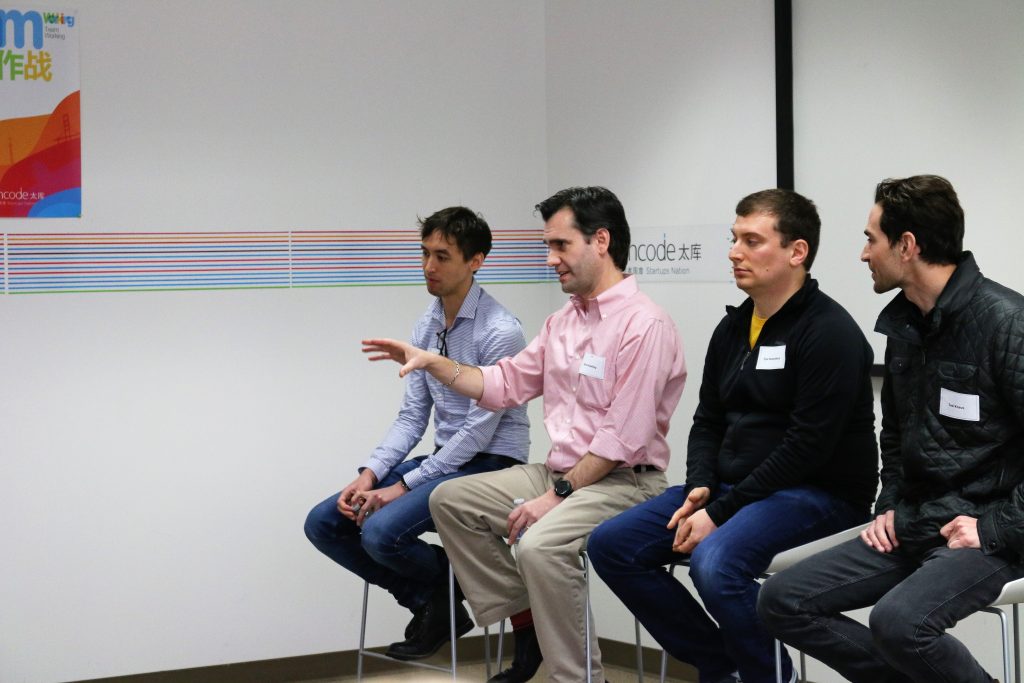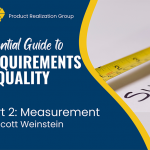On February 7, Mike Keer, Product Realization Group CEO and Founder, moderated an informative and interactive panel discussion about how to prepare your hardware startup to get funded. The panel featured both experienced founders and funders in the hardware startup community:
- Ted Kraus: Investment Director, TechCode AI Accelerator (Investment)
- Bradley Leong: Hardware Partner, Tandem Capital (Early Stage Investment Fund)
- Ilya Rosenberg: Co-Founder and CEO at Sensel, Inc. (Startup)
- Ryan Keating: Managing Partner, Keating Consulting Group (Finance)
The following is the 3rd in a series of blogs summarizing the learnings on hardware funding from this panel.
Talking Numbers
Getting to the right numbers is never easy for a hardware startup, whether it’s putting together a budget, projecting cash needs for the next milestone, or projecting its revenue from a crowdfunding campaign.

Is there a number that excites the investor to put up the next number? What is the traction?
According to Bradley Leong, Hardware Partner at Tandem Capital, $1 million from a crowdfunding campaign is impressive. If a startup can hit $1 million from a crowdfunding campaign, that puts it in the game. However, he reminds the audience that the unit economics are also key. The company must demonstrate that it is making money on each sale.
For Ted Krause at TechCode, he recommends that hardware startups create benchmarks, and then “blow that benchmark out of the water.” He explains, “the definition of a benchmark to me is another product in the same sector that could be thought of as a competitor. Do the research. Figure it out. The example he gives: “I’m Ted’s Company; Bill’s Company over there started 3 years ago and sold 100k units. We started 6 months ago and we’ve sold 50k units. Show that your growth or traction number is better.” For hardware companies, Ted likes to use a benchmark of units sold. The caveat is that it doesn’t matter if you hit the benchmark if you’re not making any margin. If you sell a million units, but lose a dollar on every unit, you’ve lost $1 million.
How do you calculate your seed round buffer amount?
fudge factor; noun. an arbitrary mathematical term inserted into a calculation in order to arrive at an expected solution or to allow for errors especially of underestimation; broadly : any arbitrary unspecified factor

From the finance perspective, Ryan Keating works very closely with clients to try to make this calculation when they raise money. His approach is to make sure they are raising money to get to a specific milestone and avoid running out before reaching that milestone. He cautions clients to identify the first valuation milestone, as that will be the comfort that the next investor needs. Keating generally uses a buffer of 12%, depending on how far out the milestone is. As Keating cautions clients, “the worst thing you want to do is be shooting for a certain target and run out 3/4 of the way through.”
As a startup founder, Ilya Rosenberg has a pragmatic approach — he does “a medium to worst case analysis to come up with what sounds right, then adds 50%, minimum.” Ilye also advises a company to talk with similar companies in similar spaces who have done similar things. In his experience, “you’re going to spend as much money as they did.”
The need for a buffer is a very common situation. As Bradley Leong of Tandem Capital sees it, “[the startup] thought it was going to take this much, it takes more, and now [it’s] doing a bridge. A bridge is never a good thing.”


